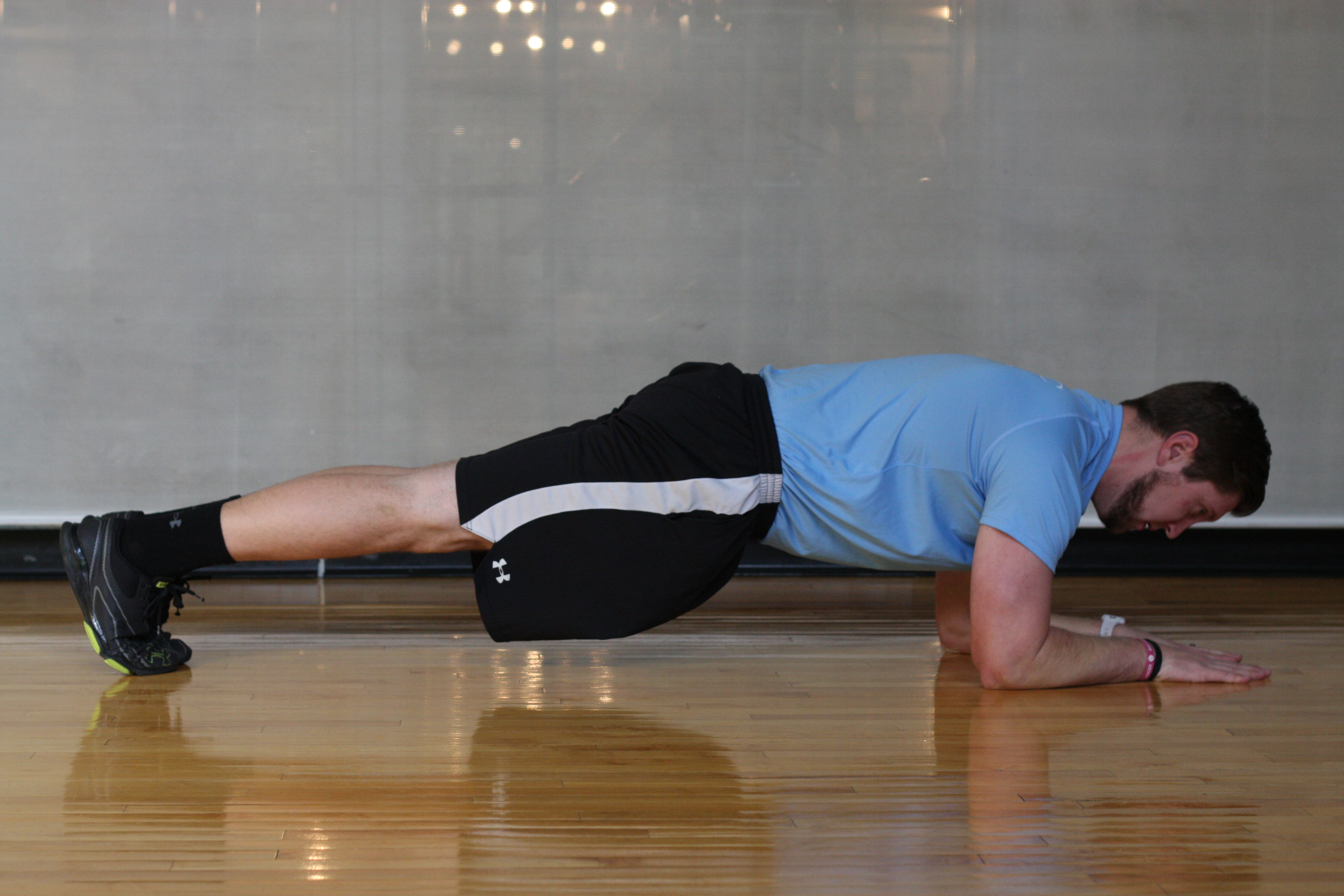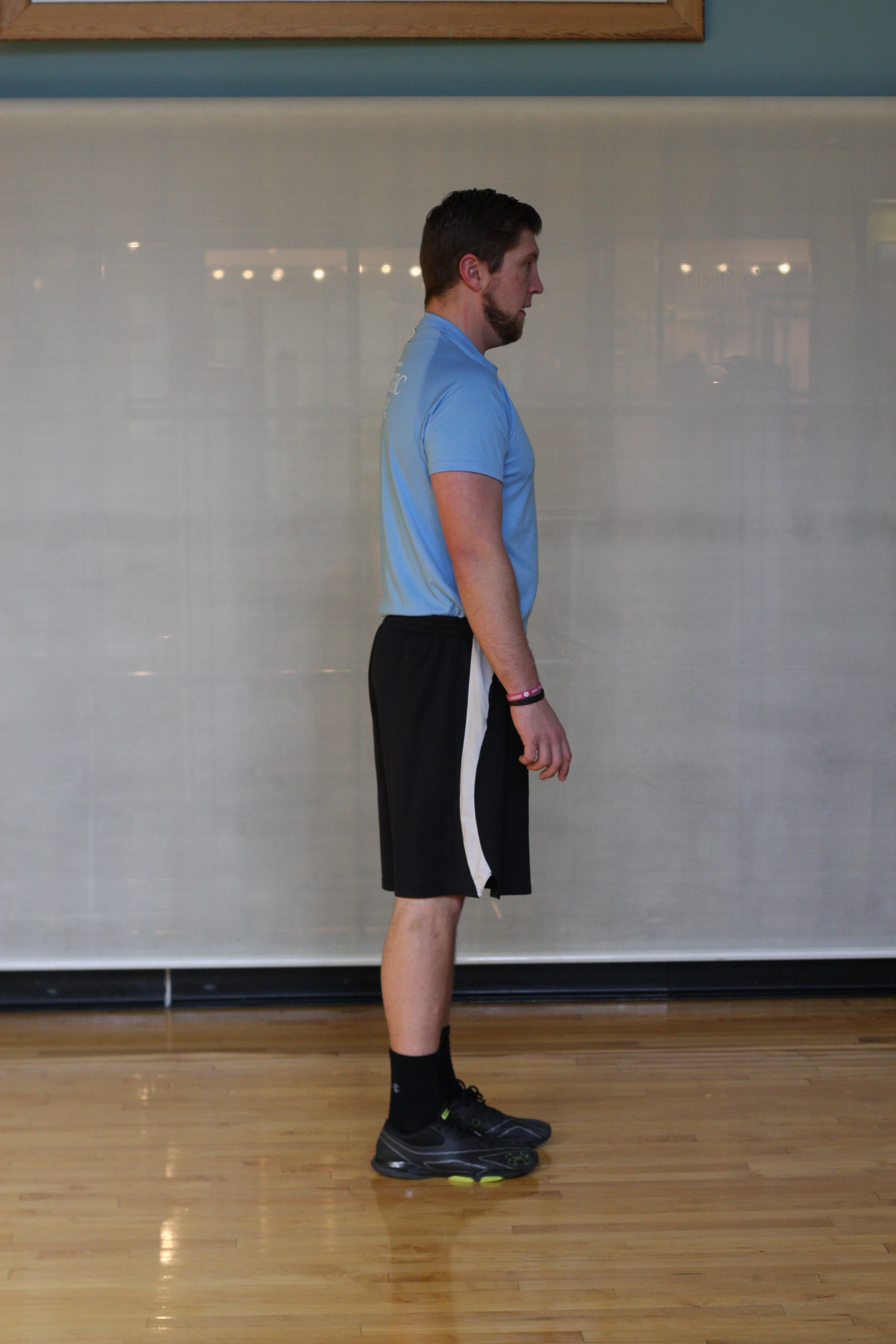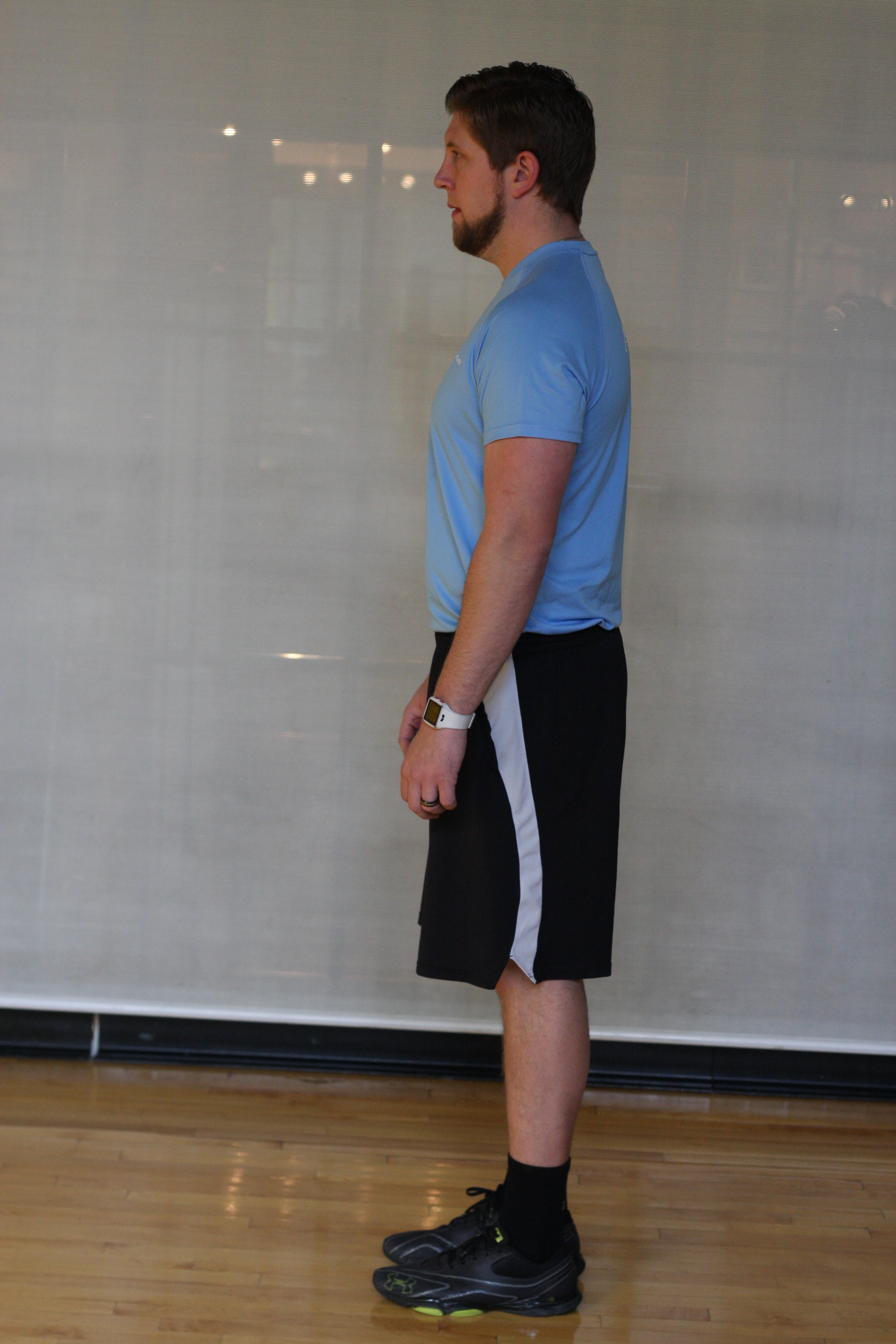[fusion_builder_container hundred_percent=”no” equal_height_columns=”no” menu_anchor=”” hide_on_mobile=”small-visibility,medium-visibility,large-visibility” class=”” id=”” background_color=”” background_image=”” background_position=”center center” background_repeat=”no-repeat” fade=”no” background_parallax=”none” parallax_speed=”0.3″ video_mp4=”” video_webm=”” video_ogv=”” video_url=”” video_aspect_ratio=”16:9″ video_loop=”yes” video_mute=”yes” overlay_color=”” video_preview_image=”” border_size=”” border_color=”” border_style=”solid” padding_top=”” padding_bottom=”” padding_left=”” padding_right=””][fusion_builder_row][fusion_builder_column type=”1_1″ layout=”1_1″ background_position=”left top” background_color=”” border_size=”” border_color=”” border_style=”solid” border_position=”all” spacing=”yes” background_image=”” background_repeat=”no-repeat” padding=”” margin_top=”0px” margin_bottom=”0px” class=”” id=”” animation_type=”” animation_speed=”0.3″ animation_direction=”left” hide_on_mobile=”small-visibility,medium-visibility,large-visibility” center_content=”no” last=”no” min_height=”” hover_type=”none” link=””][fusion_text]Getting fit for the hill takes more work than putting in a lot of vertical feet. Vitality Center coach, Blake Gould, explains that a well-rounded cross-training regimen includes working the muscles that you don’t use on the mountain, which is especially helpful for injury prevention.
Blake recommends these five exercises — 2-3 sets of 12 for each exercise — to keep your whole body strong and stable. You can do them anywhere, even on vacation.
“This series is designed to do in a hotel room or a small space, and you can do it before or after skiing because it’s going to engage or activate muscles that are not necessarily being used on the mountain, so it helps to prevent injury” he explains. “Skiing and snowboarding are very quad dominant sports, so these exercises help to engage all the opposing muscles, specifically to help stop knee and hip injuries.”
The Plank position engages the transverse abdominous, glutes and quads, and effectively supports your hips and lower back. The plank hip extension (with a foot in the air) maintains the same concepts, except you move one hip while stabilizing the opposite side.
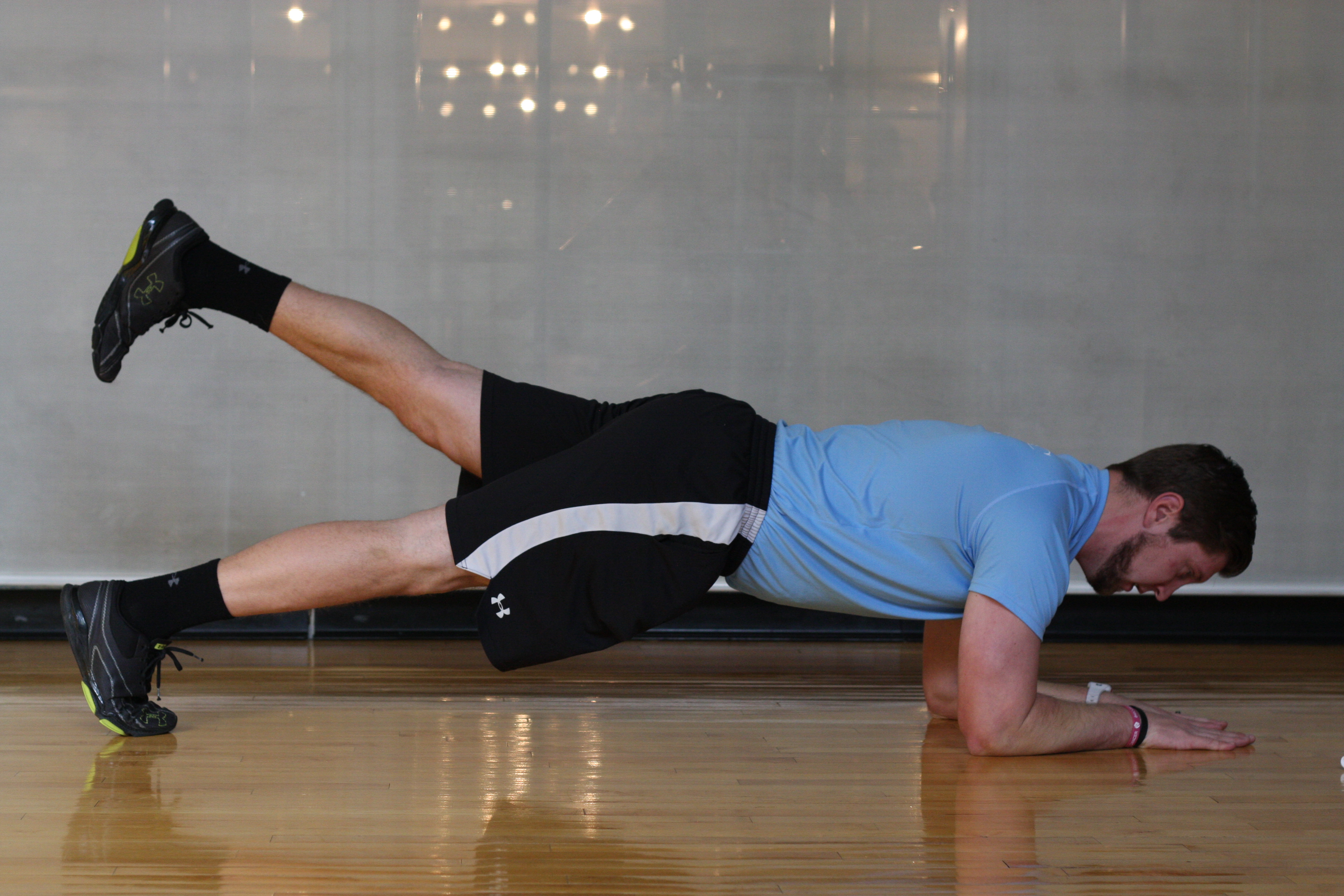
Keep your abdomen pulling in towards your spine as you engage your legs by pushing your heels back. Keep your gaze on your hands.
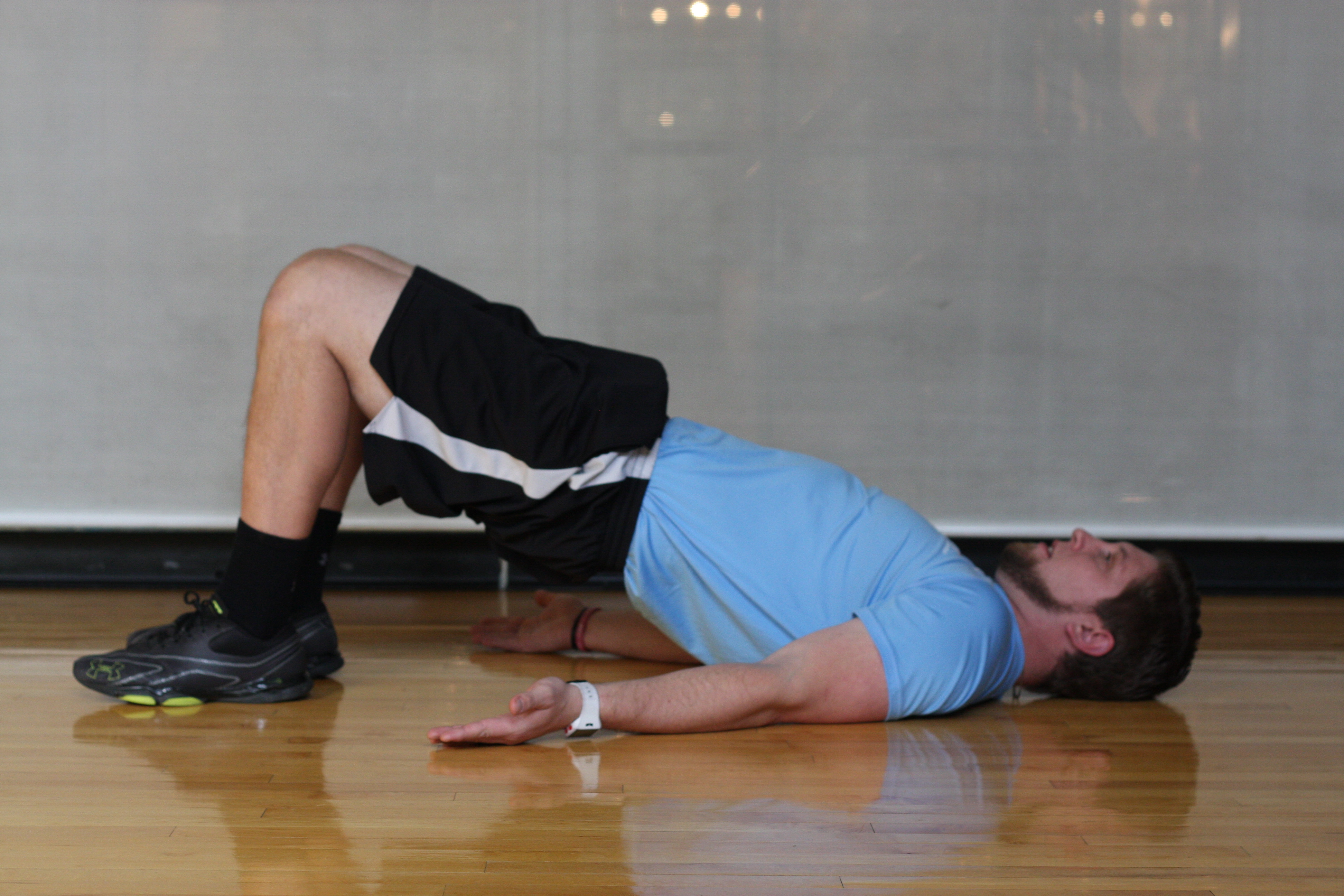
The Glute/Ham Bridge Ups keep the hamstrings, glutes and lower back active, while stabilizing the hips and all the muscles the surround the lower part of spine.
Keep your toes lifting and your heels, balls of your feet and shoulder blades pressing firmly into the ground.
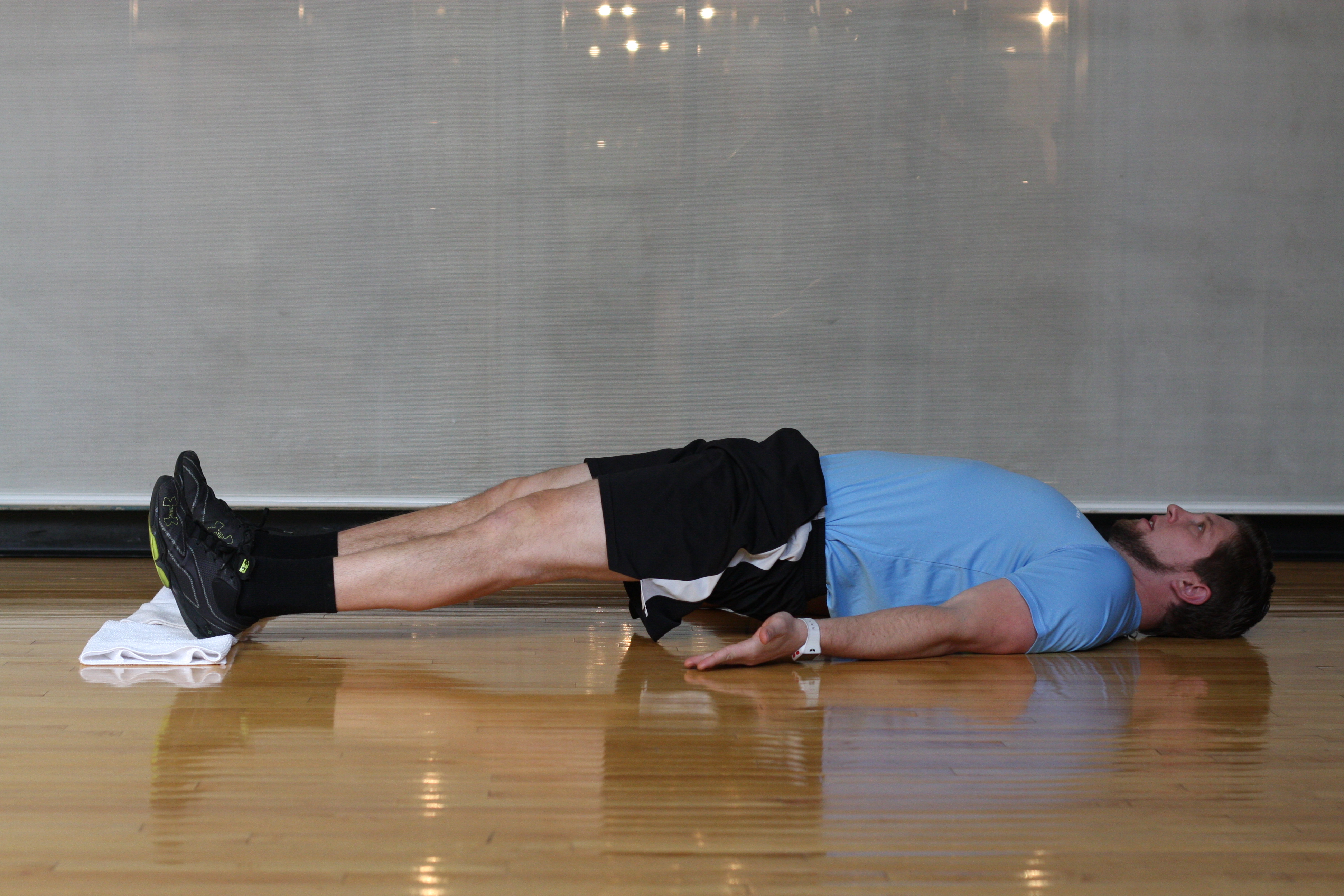
The Glute Towel Hamstring curls focus on on activiating the hamstrings, glutes and lower back, while stabilizing the hips and all the muscles the surround the lower part of spine.

Keep your feet flexed as you draw your heels in towards the base of your spine, then back out as you straighten your legs.
Blake describes the Romanian Deadlift as “one of the foundational exercises of ski injury prevention training,” because it’s pretty much the only exercise where you can eccentrically move your hamstrings and glutes. This is the same action your muscles are going through when you are changing directions on the mountain, he says.
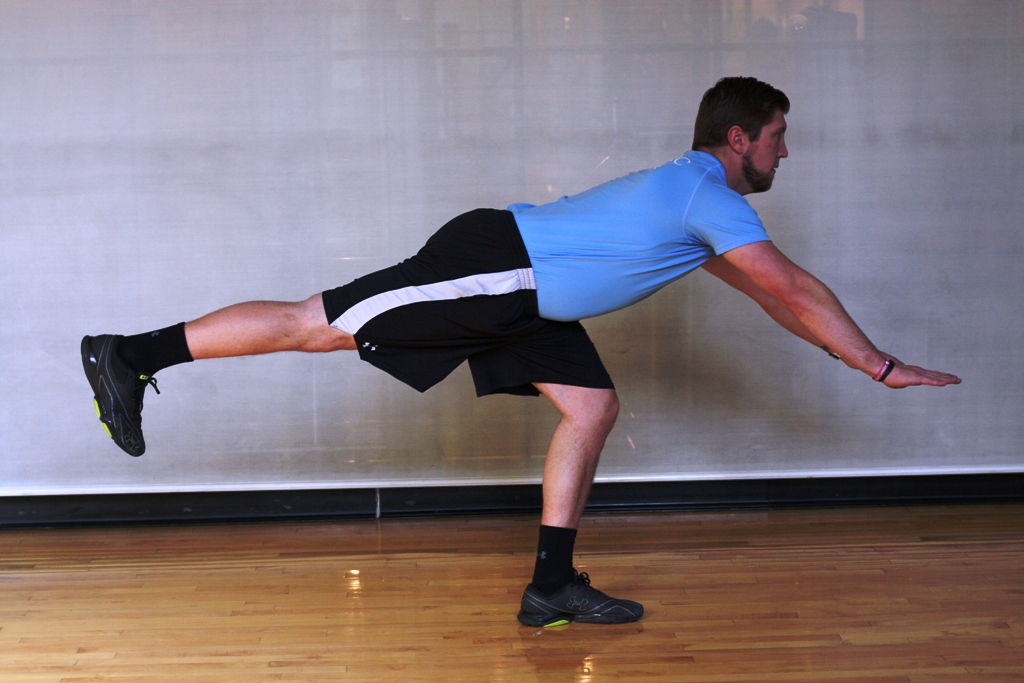
Keep your core tight and your standing leg steady as you hinge your torso and arms forward, keeping your balance by holding your gaze at a steady point in front of you. Slowly come back to standing before repeated the exercise, then switch sides after 12 reps.
The Drop Lunge engages and activates the glute medius, which functions as a main knee stabilizer.
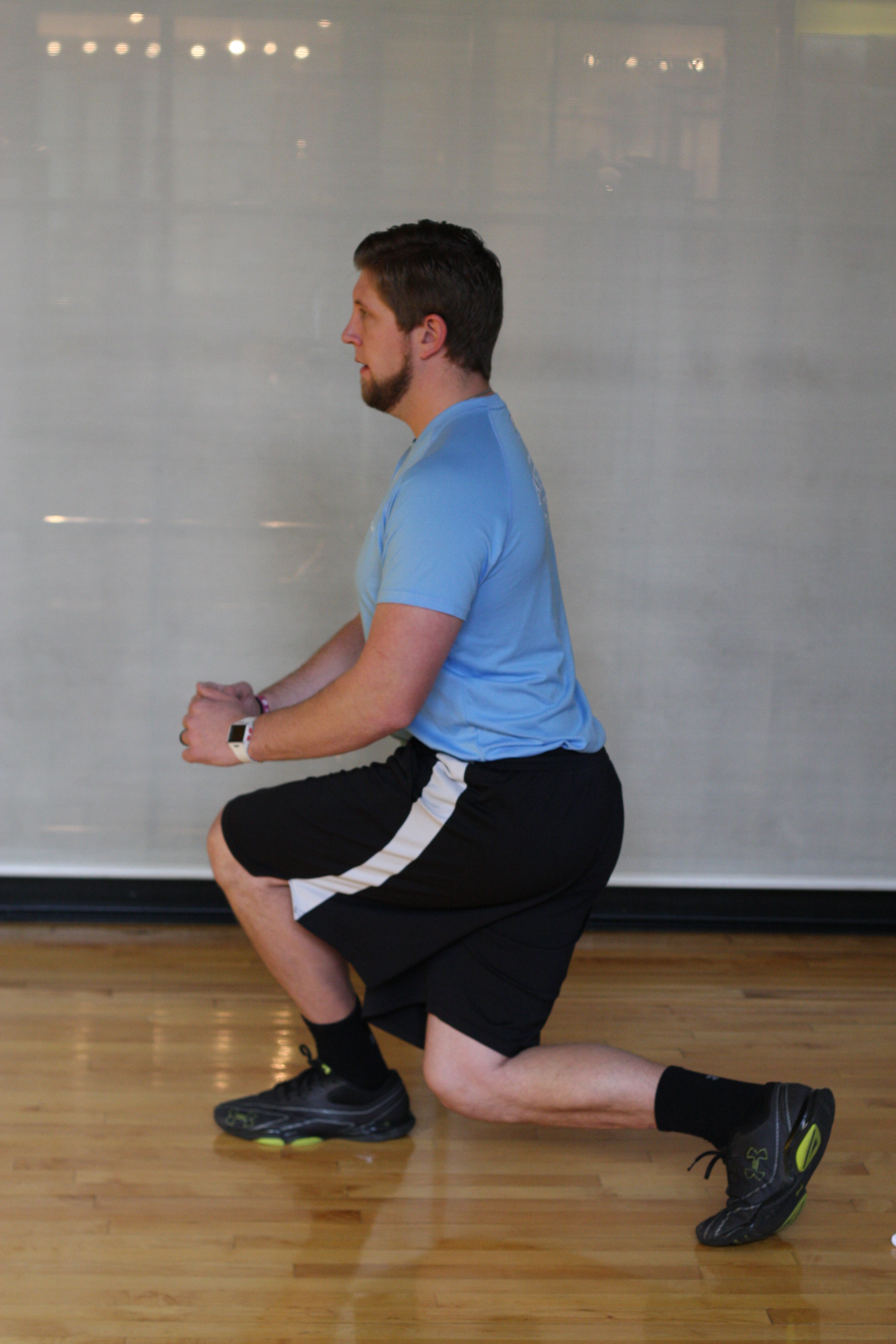
Keep the body in a lateral plane as you dip one bent leg behind the other. Be sure your front knee is supported over your ankle and not jutting out in front or sagging to either side. Come back to standing before repeated the exercise, then switch sides after 12 reps.
[/fusion_text][/fusion_builder_column][/fusion_builder_row][/fusion_builder_container]
